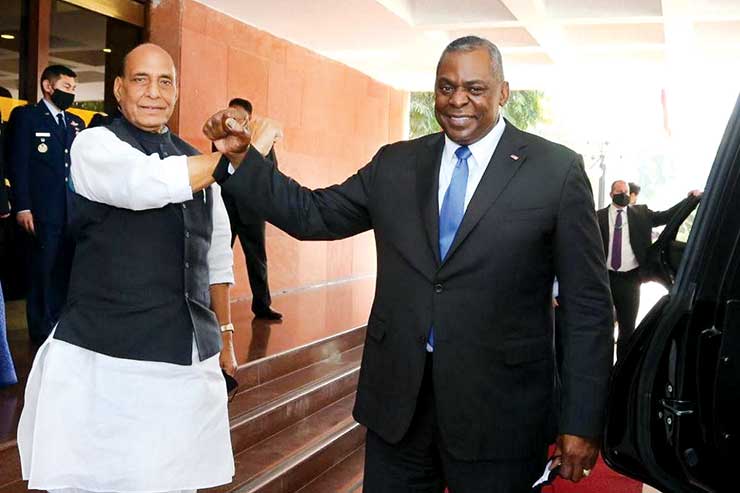
The defence relationship between India and the US has undoubtedly strengthened in the recent past. But with the rapidly changing global situation, due to the pandemic and the Russian action in Ukraine, there is a possibility that China, known for its foxiness, may play some mischievous games in the Taiwan Straits and the South China Sea.
To stop them from becoming a bigger crisis that could hit the stability of the world, the US will have to provide critical technology to India as only a stronger India can tackle China’s belligerent moves across the Indo-Pacific region.
In his first-ever face-to-face meeting with Prime Minister Narendra Modi at the White House on September 24, 2021, US President Joe Biden reaffirmed the strength of the defence relationship between India and the US. In particular, the US President was of high praise of India for its “unwavering commitment” as a Major Defense Partner.
This was a reflection of the high degree of understanding that has developed between the two countries on the defence and strategic fronts in the recent past. India has joined the group of countries like Israel and South Korea, which enjoy increased US cooperation in the areas of humanitarian assistance, counter-terrorism, counter-piracy and maritime security.
Driven by mutual concern for the security of the Indo-Pacific region, they are part of the Malabar naval exercise and the Quad, which is by all accounts an informal group that aims to checkmate the aggressive design of China. Rather, in the words of US President Joe Biden, there is an attempt “to shape the strategic environment in which China operates” in the Indo-Pacific region.
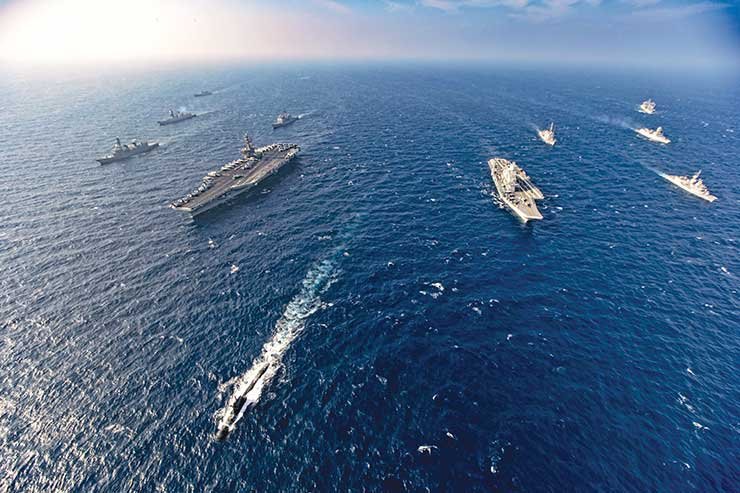
But the question is that of Russia, India’s closest friend, and a major source of the country’s more than 60 per cent of military hardware supplies, including the S-400 ground-to-air missile defence system. Overlooking the US warning of imposing CAATSA (Countering America’s Adversaries Through Sanctions Act), India has gone ahead with the purchase of S-400 missile system which is considered as a game changer, possessing the capability to take down multiple aerial targets including stealth fighter jets, bombers, cruise and ballistic missiles and even unmanned aerial vehicles.
Will the US slap the draconian CAATSA against India for purchasing defence platforms from Russia? What will happen to the US’ designation of India as a Major Defense Partner and the slew of defence and security pacts signed amid fanfare with India over the past few years? These are questions prominently hitting every defence and strategic affairs experts’ mind. Political willpower of the US will be tested if it imposes sanctions on its “natural” ally, India, say some experts.
In the backdrop of the Ukraine crisis and strengthening of the bond between Russia and China and fear of sharp changes in the geopolitical situation in the Indo-Pacific region, there is a possibility the US will avoid straining its relations with India. Rather, there is a feeling within the strategic community that the US will try to further strengthen its defence and strategic ties with India.
A hint to this regard can be seen in the deepening of advanced industrial cooperation between the two countries. India and the US are co-developing air-launched unmanned aerial vehicles (UAVs) under the Defence Technology and Trade Initiative (DTTI). They are encouraging defence industries and private players to use the existing ecosystems of innovation and entrepreneurship in defence industries for co-development and co-production of weapons.
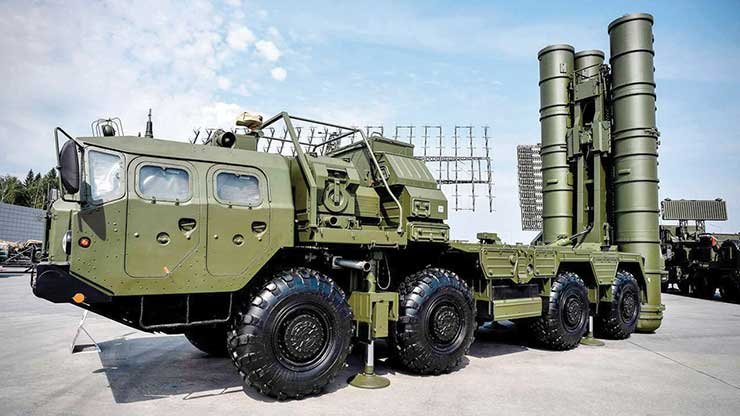
A further thrust to this initiative was imparted when India and the US held the first Industrial Security Agreement (ISA) from September 27 to October 1, 2021 in New Delhi. The summit was organized to develop protocol for the exchange of classified information between the defence industries of both the countries.
During the summit, an in-principle agreement was also taken for the establishment of the Indo-US Industrial Security Joint Working Group. Also, both sides agreed to meet regularly to align policies for the defence industries in order to collaborate on critical defence technologies. This will help in remedying the challenges faced by India in relation to transfer of technology which will help in unleashing several untapped opportunities in the defence sector. In particular, it will happen at the time when India is expected to spend US $ 130 billion on capital acquisitions in the next five to six years.
Nevertheless, the underlying message of the setting up of the Indo-US Industrial Security Joint Working Group is that India and the US are ready to walk together extra miles in deepening their relationship in defence, an area which saw an envious jump in trade from zero in 2000 to US $20 billion in 2020. Most of the military trade is through the Foreign Military Sales (FMS) route and direct commercial sale.
Today, both conduct more bilateral military exercises with each other than with any other country and have signed almost all foundational agreements from GSMOIA to LEMOA to COMCASA to BECA. India is already one of the top countries which have been identified by the US to get license free exports, re-exports and transfers under License Exception Strategic Trade Authorization.
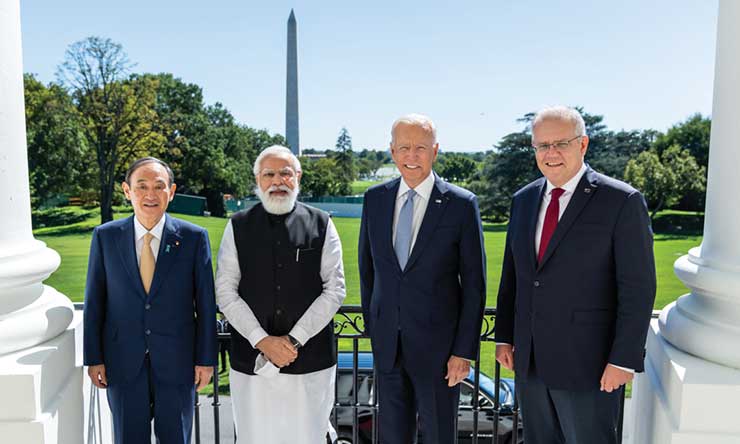
According to Hudson Institute, a top US top think-tank, America should invest in defence partnership with India to counter China’s militaristic aggression. On the other hand, Walter Anderson of Johns Hopkins University says: “At the end of the day, a strong united India is to the advantage of the US.”
Indeed, with the US not powerful enough to tackle the brinkmanship of China in Asia and also in the Pacific region, India can be a dependable ally with a capacity to stop Beijing from riding roughshod over the international community’s interest in the region. Some experts say that with Russia engaging in war with Ukraine, China may feel emboldened to create trouble in the Taiwan Straits.
Already, China’s aggressive approach in the South China Sea, through which the world’s 60 per cent trade passes annually, has become a headache for India, US, Japan, South Korea, Australia and others. In this backdrop, increased defence and security cooperation between New Delhi and Washington DC is the need of hour. More so to ensure that sea lanes are no longer under any threat, they have to translate their vision of free and open Indo-Pacific into a reality.
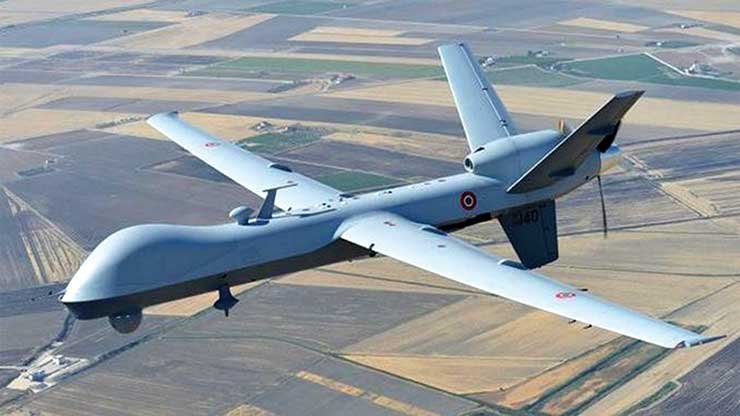
Yet again, the taste of the pudding is in the eating. The US will have to mend its ‘My Way or the Highway’ attitude. India is no more a country of the 1970s or the 80s, it is a nation which is the 5th economic and the 4th military power of the world. The US will have to invest in India’s vision of making the world a happy place for humanity, which is at the moment passing through a huge crisis, triggered by the Covid-19 pandemic and geopolitical rivalry between the US-led NATO and Russia on the one hand, and US and China on the other hand.
–The writer is a senior journalist with wide experience in covering international affairs. The views expressed are of the writer and do not necessarily reflect the views of Raksha Anirveda








